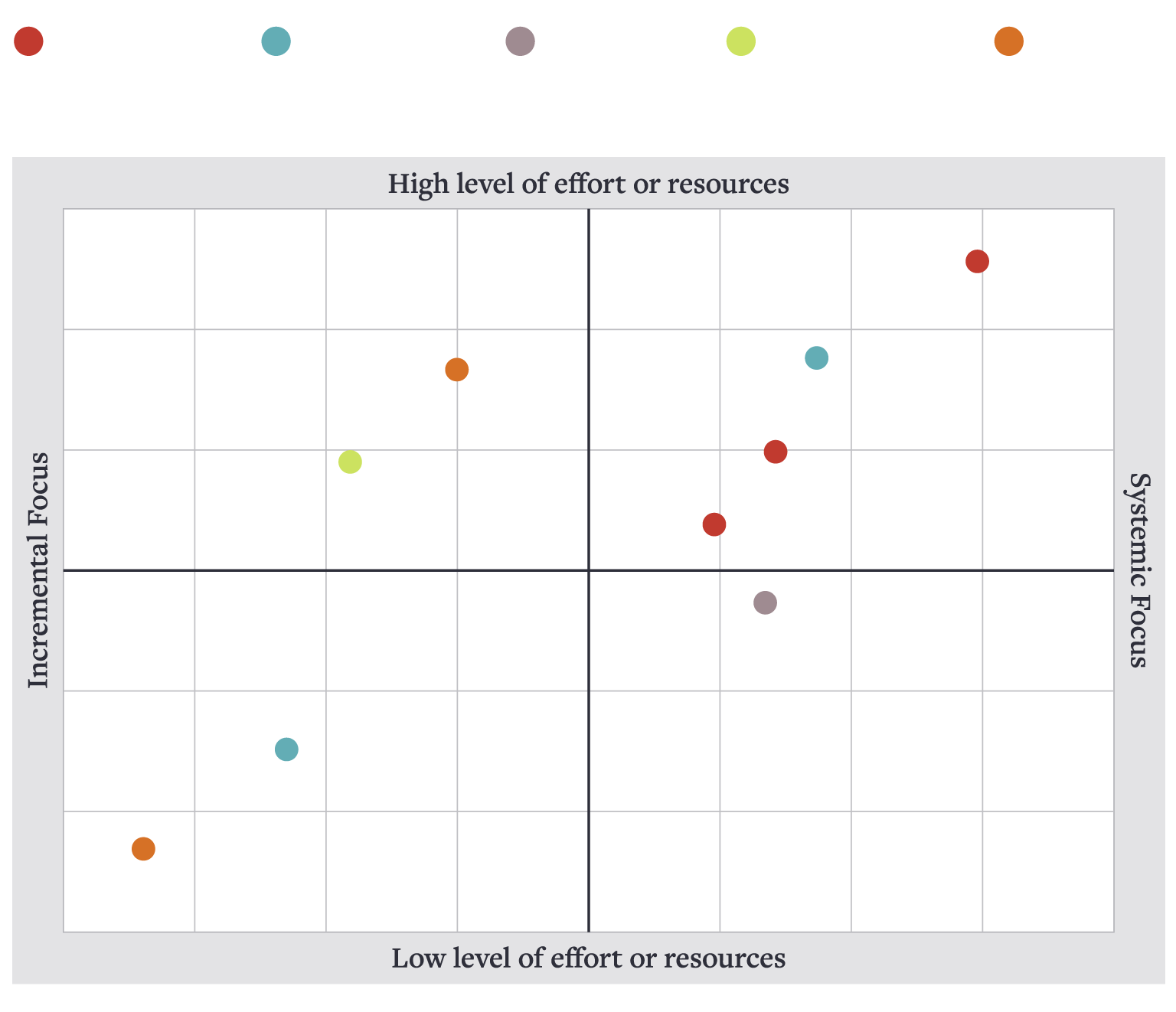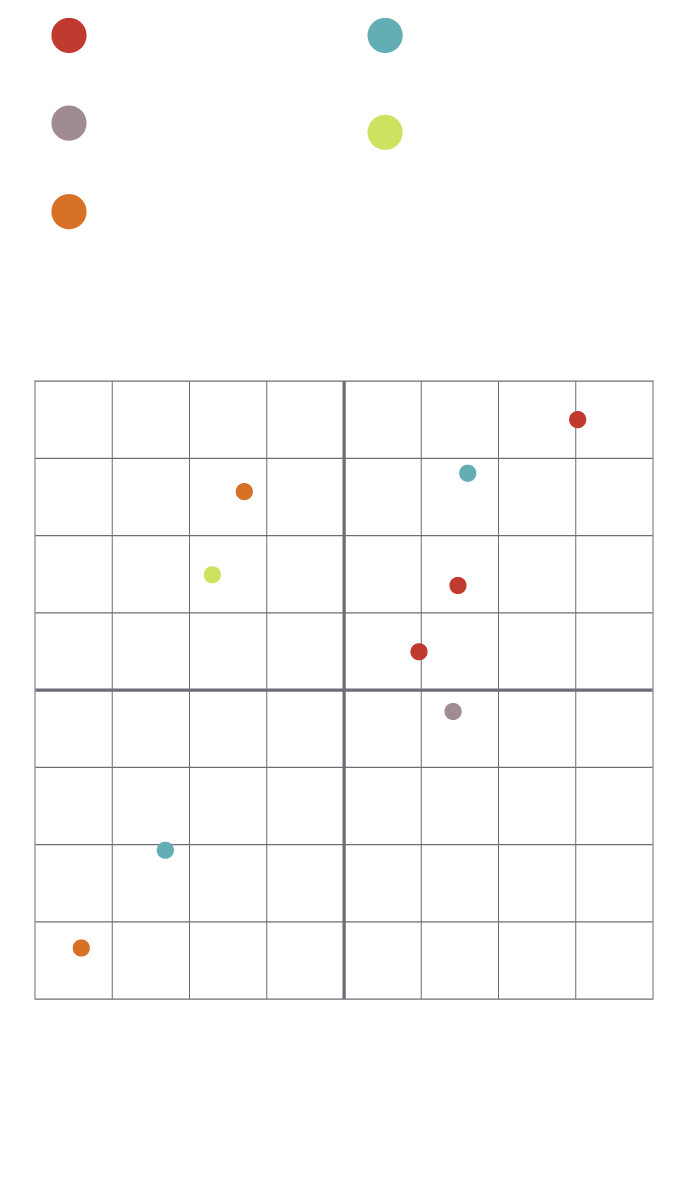3. Opening New Channels for Independent Publishing
Create new spaces for journalists to publish their work, through international media distribution partnerships and/or by funding alternative Kenyan platforms.
Opportunity
Journalists need more ways to publish and share their work. Supporters can help open these opportunities through international distribution partnerships and by fostering the creation or growth of small, innovative media outlets.
At the organizational level, this research identified only a few experiments in independent media. For example, respondents referenced Thika Town Today, Africa Uncensored, Africa Check, the African Women and Child Feature Service, Hivisasa, the Elephant, and Talk Africa. Some of these upstarts are operated by journalists who previously worked in establishment media but have lost jobs in the recent years. While more research and evaluation is needed in the relative strengths and impact of each, further support of these upstarts can help strengthen Kenya’s media ecosystem as a whole.
They may also choose the international route, establishing partnerships with traditional news sources (such as the BBC and The New York Times) as well as new media companies (such as HBO, Netflix, NewsDeeply, and Vice, which are known and used by Kenyan elites) to establish new pathways for Kenyan journalists to publish their work. For example, Patrick Gathara’s relationship with the Washington Post has allowed him to publish several strong and critical pieces about Kenya’s recent election period. Most ambitiously, supporters could seriously consider fostering the growth and creation of new media platforms at the national level.
Supporting such initiatives, whether it is by funding new or existing independent publishers, or strengthening relationships between journalists with international publications, will almost certainly require extended funding over the course of several years. It will likely take time to build strong audience support for new or growing publishing platforms.
Supporting new independent platforms or international publishing partnerships may also expose journalists and editors to many of the negative influences that have been detailed in this report. Independent sources of funding should help provide some insulation from economic uncertainty and reliance on private or government financing. However, addressing the capacity issues will require making sure that proper training and mentorship accompany support to publishers and platforms. At the same time, fending off state attacks on the freedom of the press will need to be part of larger solidarity movements, which bring together independent media actors to channel their voices into strong collective advocacy campaigns.



